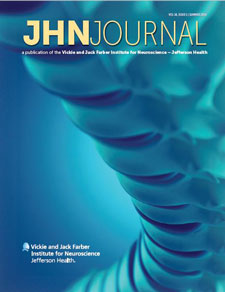Abstract
INTRODUCTION
The care and treatment of spinal cord injury (SCI) patients has significantly evolved over the last several decades. There has been great interest and promising research conducted over this period resulting in advancement of our understanding of the pathophysiology of SCI on both a biochemical and biomolecular level. Concurrently, there has also been rapid clinical advancements in treating spinal fractures with improvement in the understanding of the biomechanics of injuries, as well as improvements in spinal fixation techniques and devices. In addition, there have been great strides made in the collaborative care and treatment efforts of SCI patients particularly in the fields of radiology, rehabilitation, trauma, and intensive care.
The developments in SCI treatment have led to a decrease in the overall incidence of traumatic injuries, particularly in the younger populations. This is mainly a result of preventative measures and education by the various foundations who focus on the treatment of SCI patients such as CSRS, ASIA, AAOS, CNS, and AANS. In addition, there has been a greater emphasis in society on limiting catastrophic injuries such as through the use of: airbag immobilization in motor vehicles, helmets, and the overall reduction of high-risk activities.
To provide some background information on the pathophysiology of a traumatic SCI, it is believed that SCI is multifaceted, with the initial force or compression of the cord resulting in the primary injury. This is then followed by an inflammatory or biochemical response that results in further injury to the cord over the subsequent days to weeks. This is referred to as the secondary injury, and it is this stage of injury that has been the target of intense research. Currently, there exists multiple novel strategies in dealing with this secondary injury component including surgical techniques, medical management, pharmacology, and cell-based therapies which will be discussed below.
Recommended Citation
Stefanelli, MD, Anthony; Fatema, Umma; Emes, Alexandra; and Harrop, MD, FACS, James
(2019)
"Spinal Cord Injury: Current and Novel Treatment Strategies,"
JHN Journal: Vol. 14:
Iss.
1, Article 2.
DOI: https://doi.org/10.29046/JHNJ.014.1.002
Available at:
https://jdc.jefferson.edu/jhnj/vol14/iss1/2

